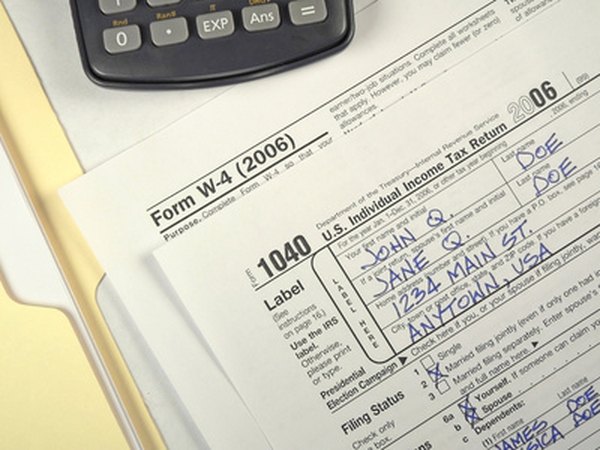How Do You Transfer an IRA Into an Inherited IRA Beneficiary Distribution Account?
Rollovers from inherited IRAs aren't permitted unless the decedent was your spouse.
tax forms image by Chad McDermott from Fotolia.com
If you inherit an IRA from your spouse, you have the freedom to treat it as if it were your own account, which means you can move it freely into your own IRA. If you weren't married to the decedent, you can't combine the funds with your existing IRAs. However, even if you're not the decedent's spouse, you don't have to leave the money in the same account. Instead, the IRS permits you to transfer the money directly into a beneficiary IRA.
Open a beneficiary IRA at the financial institution of your choice. When opening the account, make sure you title it in the name of the decedent for your benefit. For example, you could name the account "Kevin Thomas, deceased, inherited IRA for the benefit of Paul Thomas, beneficiary."
Step 2Complete a trust-to-trustee transfer request to move the money from the inherited IRA into the beneficiary IRA at your chosen financial institution. If there are multiple beneficiaries, such as if you and your brother inherited an IRA from a parent, you can split the inherited IRA into two beneficiary IRAs.
Step 3Submit the trustee-to-trustee transfer request and begin taking required distributions from the beneficiary IRA. You must take your first distribution in the year after the decedent died. For example, if the decedent died in 2013, you must take your first required minimum distribution by the end of 2014.
References
Tips
- If you are splitting an inherited IRA among multiple beneficiaries, you must separate the account into multiple beneficiary accounts by Dec. 31 following the year of death so that you can use your own life expectancy.
Warnings
- Do not take a distribution from the inherited IRA and attempt to roll it over because rollovers are not permitted. Once you take the money out of an inherited IRA, you can't put it back.
Writer Bio
Based in the Kansas City area, Mike specializes in personal finance and business topics. He has been writing since 2009 and has been published by "Quicken," "TurboTax," and "The Motley Fool."

